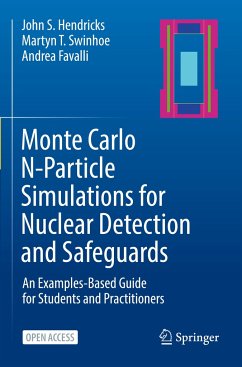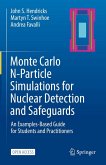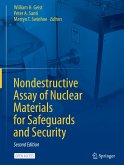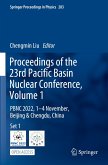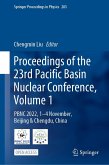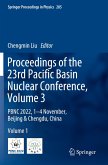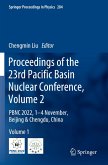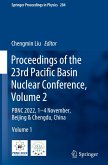This open access book is a pedagogical, examples-based guide to using the Monte Carlo N-Particle (MCNP®) code for nuclear safeguards and non-proliferation applications. The MCNP code, general-purpose software for particle transport simulations, is widely used in the field of nuclear safeguards and non-proliferation for numerous applications including detector design and calibration, and the study of scenarios such as measurement of fresh and spent fuel. This book fills a gap in the existing MCNP software literature by teaching MCNP software usage through detailed examples that were selected based on both student feedback and the real-world experience of the nuclear safeguards group at Los Alamos National Laboratory. MCNP input and output files are explained, and the technical details used in MCNP input file preparation are linked to the MCNP code manual. Benefiting from the authors¿ decades of experience in MCNP simulation, this book is essential reading for students, academic researchers, and practitioners whose work in nuclear physics or nuclear engineering is related to non-proliferation or nuclear safeguards. Each chapter comes with downloadable input files for the user to easily reproduce the examples in the text.
Hinweis: Dieser Artikel kann nur an eine deutsche Lieferadresse ausgeliefert werden.
Hinweis: Dieser Artikel kann nur an eine deutsche Lieferadresse ausgeliefert werden.

